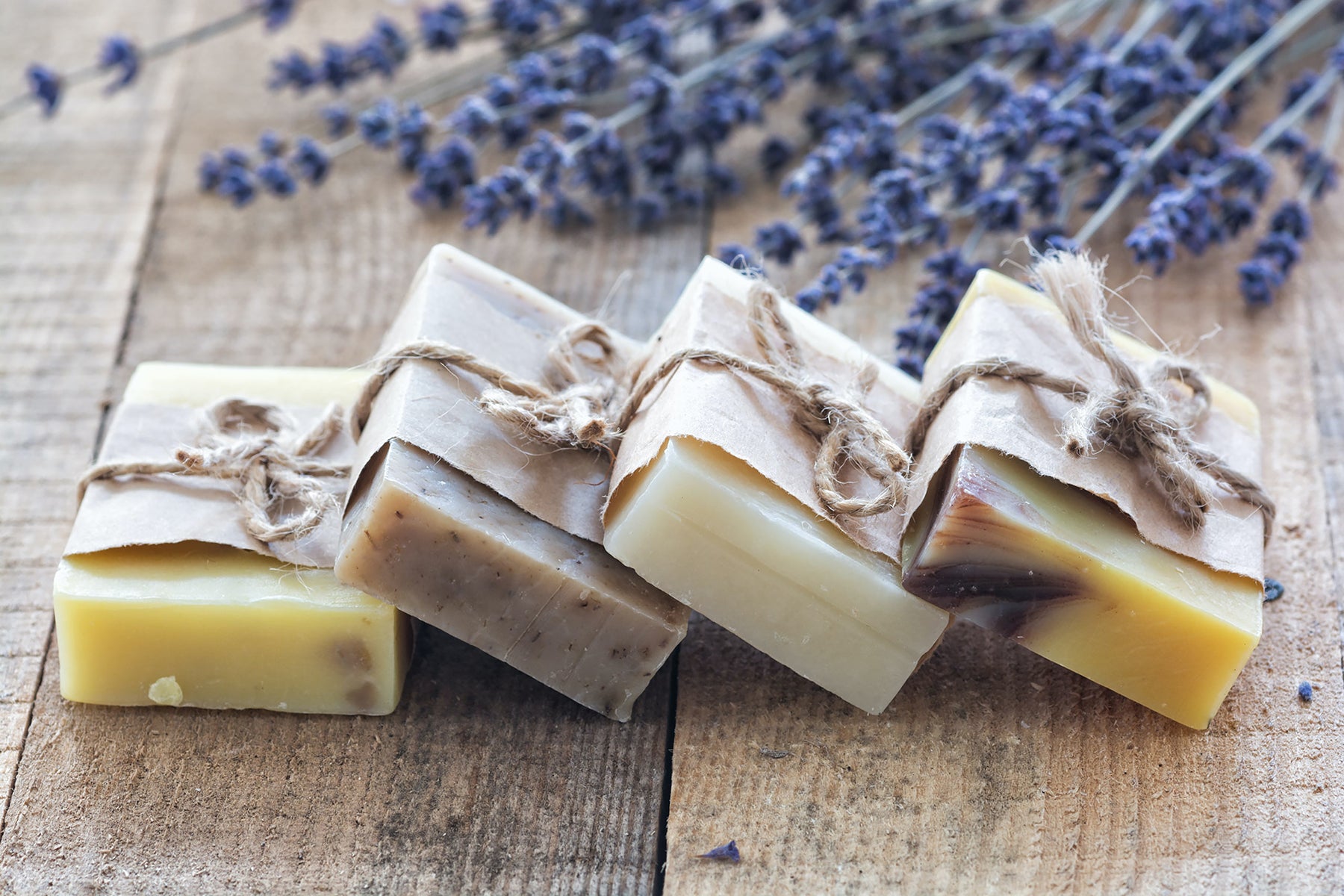
Nov 19 2020
Arti Gaur
The shift from soap based detergents to synthetic surfactants has led to major contamination in the environment primarily in the last 102 years, apart from affecting our bodies. Year 2016 marked the completion of 100 years of existence of synthetic cleaners. Even since the consumer psyche relates bubbles with cleansing.

